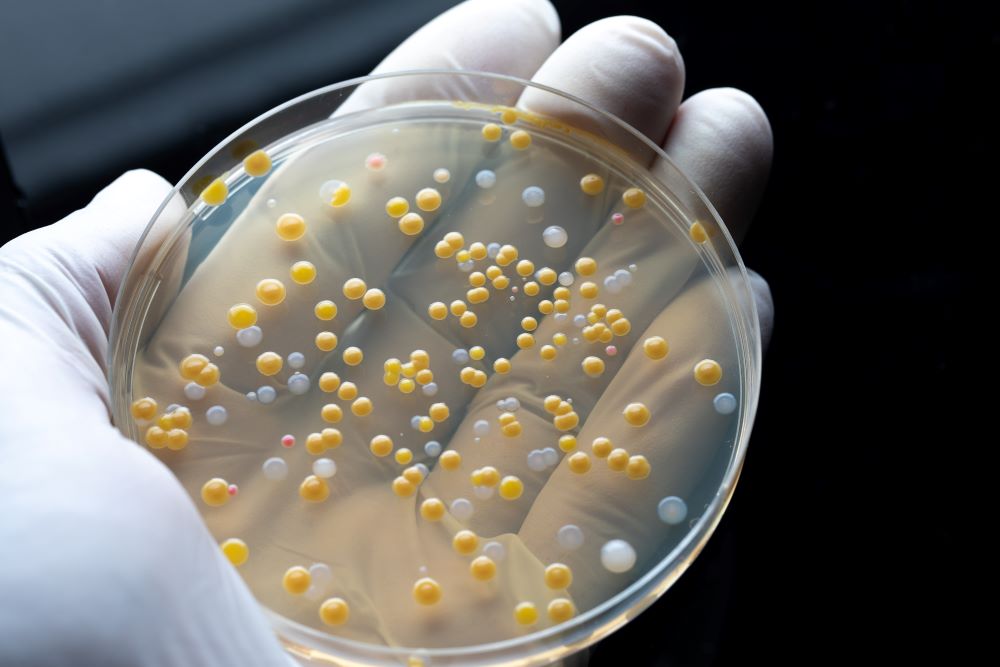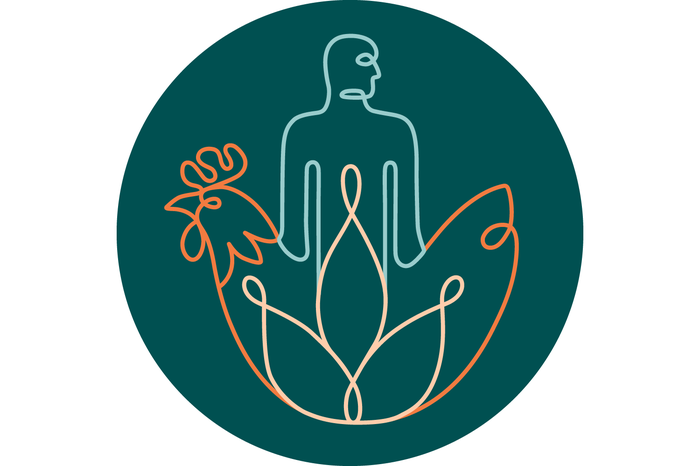
In the seed money project AirBarn, aerosols inside and from animal barns are investigated as a potential source for airborne pathogens. It is known that the use of antibiotics in agriculture often selects antibiotic-resistant bacteria, but the extent to which environmental influences can change the composition of bacteria in bioaerosols and where risks arise for humans and the environment are still open research questions.

A recent publication, which was published in The Lancet at the end of September, has analyzed the global burden of bacterial resistance on human health from 1990 to 2021 and calculated a forecast up to 2050 from this data. Three researchers from the Leibniz research network INFECTIONS contributed to this systematic analysis.

The ENVIRE project is an intervention study that aims to investigate the potential of various measures on the spread of antibiotic resistance in chicken farms and their surroundings. This experimental study, in which six working groups from Germany, France, Lithuania, Poland and Tunisia are pooling their expertise, aims to investigate whether and to what extent changes in husbandry, the way drugs are used or the storage and cleaning of manure and wastewater lead to a reduction in drug resistance and reduce the transmission of antibiotic resistance to humans in the environment.

Vom 25. bis zum 27.06. 2024 fand am Stechlinsee Center in Neuglobsow, Stechlin die Summer School des Leibniz-Forschungsverbunds INFECTIONS statt. 20 Nachwuchswissenschaftlerinnen und Nachwuchswissenschaftler aus 12 verschiedenen Instituten haben an dieser Veranstaltung teilgenommen, um gemeinsam mit den eingeladenen Referentinnen und Referenten die vielschichtigen Aspekte von Antimikrobiellen Resistenzen (AMR) zu diskutieren und daraus Ansätze für die Bekämpfung zu entwickeln.

Zur Bearbeitung des Projekts „AirBarn“ suchen wir ab November 2024 eine Wissenschaftliche Hilfskraft (m/w/d) mit ausdrücklichem Wunsch zur Anfertigung einer Masterarbeit zum Thema „Auftreten von Bioaerosolen und die Übertragung antimikrobieller Resistenzen in der Schweinehaltung“